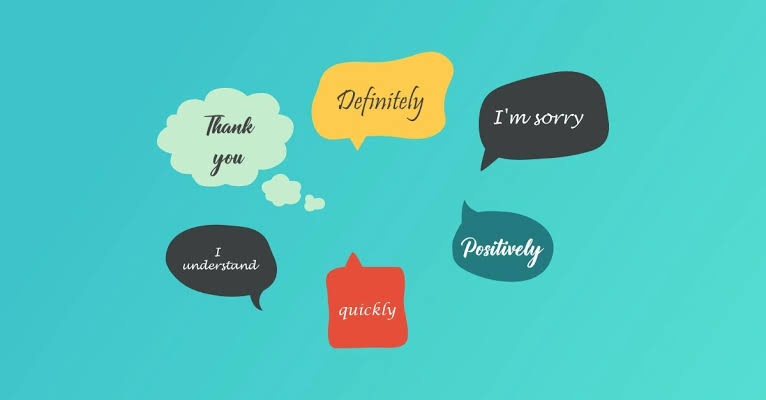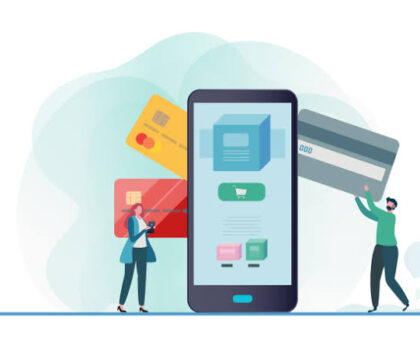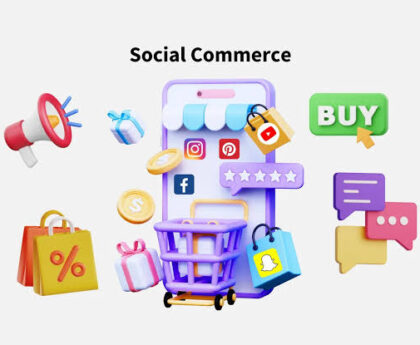
Empathy in Customer Service: Connect, Solve, Succeed
Empathy in customer service is not just a buzzword—it’s a game-changer. Brands that master the art of empathy build unshakable customer trust, turning one-time buyers into lifelong fans. This blog explores how empathy fuels customer satisfaction, reduces conflicts, and strengthens brand loyalty. We’ll uncover why empathy in customer service is your secret weapon for standing out in a crowded market. Learn practical strategies to train your team, foster authentic connections, and elevate customer interactions. Ready to humanize your brand? Let’s dive into the transformative power of empathy in customer service.
Table of Contents
- Introduction: Why Empathy in Customer Service Matters More Than Ever
- What is Empathy in Customer Service?
- The Business Benefits of Empathy in Customer Service
- How to Train Your Team to Show Empathy
- Real-Life Examples: Brands Winning with Empathy in Customer Service
- Build Loyalty with Empathy in Customer Service— Your Brand’s Superpower
Why Empathy in Customer Service Matters More Than Ever

In today’s fast-paced digital age, customers expect more than just solutions—they crave connection. This is where empathy in customer service becomes a non-negotiable. It’s not just about fixing a problem; it’s about understanding the emotions behind it.
Imagine a customer frustrated about a delayed order. A robotic response won’t cut it. But a sincere acknowledgment of their disappointment, paired with a proactive solution, can turn that frustration into trust.
Brands that prioritize empathy build emotional connections with their audience—boosting customer satisfaction, loyalty, and even revenue. So, what exactly is empathy in customer service, and how can you master it? Let’s break it down.
What is Empathy in Customer Service?
Watch This Video:
https://youtu.be/-k_NQZ1RjK4?si=HT9qdZb_jgrMda3C
Empathy in customer service means putting yourself in your customer’s shoes—acknowledging their feelings, concerns, and frustrations. It’s the ability to understand their perspective and respond with genuine care and support.
It goes beyond scripted apologies. Empathy involves:
- Listening actively without interrupting.
- Validating the customer’s emotions.
- Offering personalized solutions instead of one-size-fits-all answers.
- Using compassionate language like “I understand how you feel” or “Let me help you fix this.”
In essence, empathy transforms a transaction into a relationship.
The Business Benefits of Empathy in Customer Service
Why should brands invest in building empathy within their customer service teams? The benefits go far beyond creating feel-good moments.
- Boosts Customer Retention:
Happy customers stick around. Empathy strengthens trust, making clients more likely to choose your brand repeatedly. - Enhances Brand Reputation:
Word-of-mouth marketing is powerful. When customers feel heard and valued, they share their positive experiences—organically boosting your brand image. - Reduces Conflict:
Empathy de-escalates tense situations. A customer may start angry, but a calm and compassionate response can swiftly turn the conversation around. - Drives Sales and Referrals:
Loyal customers don’t just buy—they refer others. A strong emotional bond encourages them to become brand advocates.
By embedding empathy in customer service into your strategy, you create a ripple effect—satisfied customers who amplify your brand’s value.
How to Train Your Team to Show Empathy
Empathy isn’t always instinctive—it’s a skill that can be taught and nurtured. Here’s how to cultivate an empathetic customer service culture:
1. Active Listening Workshops
Teach your team to truly listen—not just wait for their turn to respond. Encourage note-taking, mirroring customer concerns, and using affirming phrases like “I hear you.”
2. Role-Playing Scenarios
Create real-world simulations where team members practice handling difficult situations with empathy. This builds confidence in responding calmly and compassionately.
3. Empathy Scripts — With Flexibility
While scripts can guide conversations, train your team to adapt them. Authenticity beats robotic responses every time.
4. Feedback Loops
Collect customer feedback and highlight examples of empathetic service. Recognizing empathetic employees fosters a supportive work environment.
Empathy training transforms customer interactions from transactional to transformational.
Real-Life Examples: Brands Winning with Empathy in Customer Service
Let’s look at brands that have nailed empathy in customer service:
- Zappos: Known for legendary customer support, Zappos empowers reps to solve customer issues without time limits—focusing on connection over efficiency.
- Starbucks: The brand trains employees to respond to complaints with the “LATTE” method—Listen, Acknowledge, Take action, Thank, and Encourage feedback.
- Amazon: Their proactive approach to refunds, replacements, and personalized solutions has cemented customer loyalty.
These brands prove that empathy isn’t a “soft” skill—it’s a powerful business strategy.
Build Loyalty with Empathy in Customer Service — Your Brand’s Superpower
In a world where customer experience defines brand success, empathy is no longer optional—it’s essential.
By embedding empathy in customer service into your brand’s DNA, you don’t just resolve issues—you build relationships. You don’t just satisfy customers—you create brand ambassadors.
Now, the question is—are you ready to turn empathy into your competitive advantage? Start by training your team, embracing authentic communication, and prioritizing human connection.
Your customers are more than numbers—they’re people. Treat them with empathy, and watch your brand loyalty soar.





